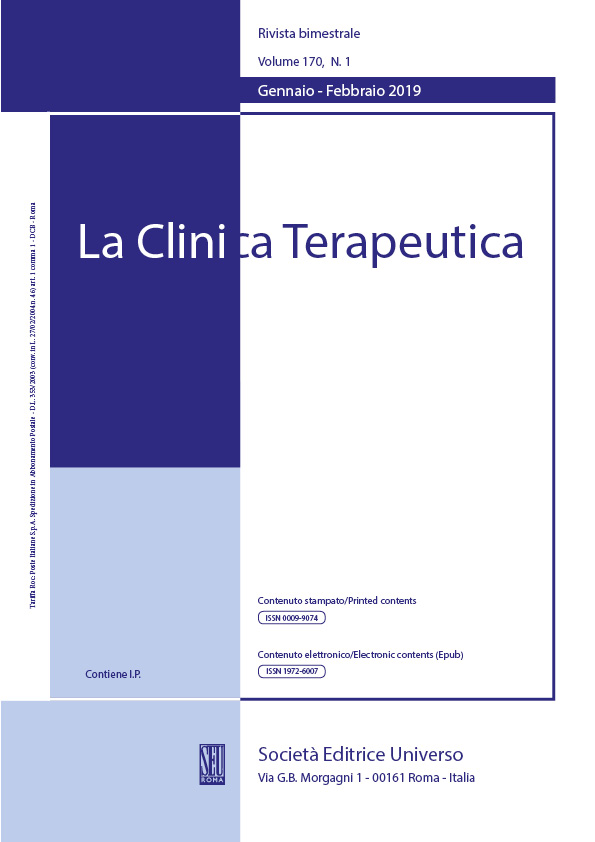Abstract
Introduction
The AHRQ Quality Indicators (QIs) were created in order to both identify the performance and to track the improvement of patient safety. Patient Safety Indicator 12 (PSI12) is relative to the risk of Post Operatory Pulmonary Embolism or Deep Venous Thrombosis (PO DVT/PE). This pilot study has three main objectives. Firstly, to perform an analysis of the performance of different hospital wards by using administrative data; secondly, to analyze defects in the process that led to the occurrence of the adverse event; thirdly, reviewing the single PO DVT/PE.
Methods
Data were extracted from a Hospital Information data flow (SIO) and compared to Clinical Discharge Record. PSI12 estimates were computed before and after the screening. Control Charts allowed the static analysis of performance between different hospital wards in 2014. The Ishikawa diagram was drawn for the analysis of the underlying causal process.
Results
The number of PSI12 cases provided by DRGs through SIO data flow decreased from 45 to six after the comparison with the correspondent clinical records. Four clinical records provided full information allowing the analysis of process. The Ishikawa Diagram identified the defects in the process of prophylaxis that resulted into a PO DVT/PE.
Discussion
The clinical records screening revealed a lower incidence of PO DVT/PE with respect to the DRGs statistics. Overall the PO DVT/PE occurrence in 2014 fell into the control limits, although the result could be undermined by the low quality of clinical records compilation. The failure in the prophylaxis procedure was imputable to pitfalls in the health care management and to the individual attitude towards patient safety procedures. In conclusion, the reliability and validity of administrative data in monitoring quality and safety are worthy to be explored in the context of further validation studies.
